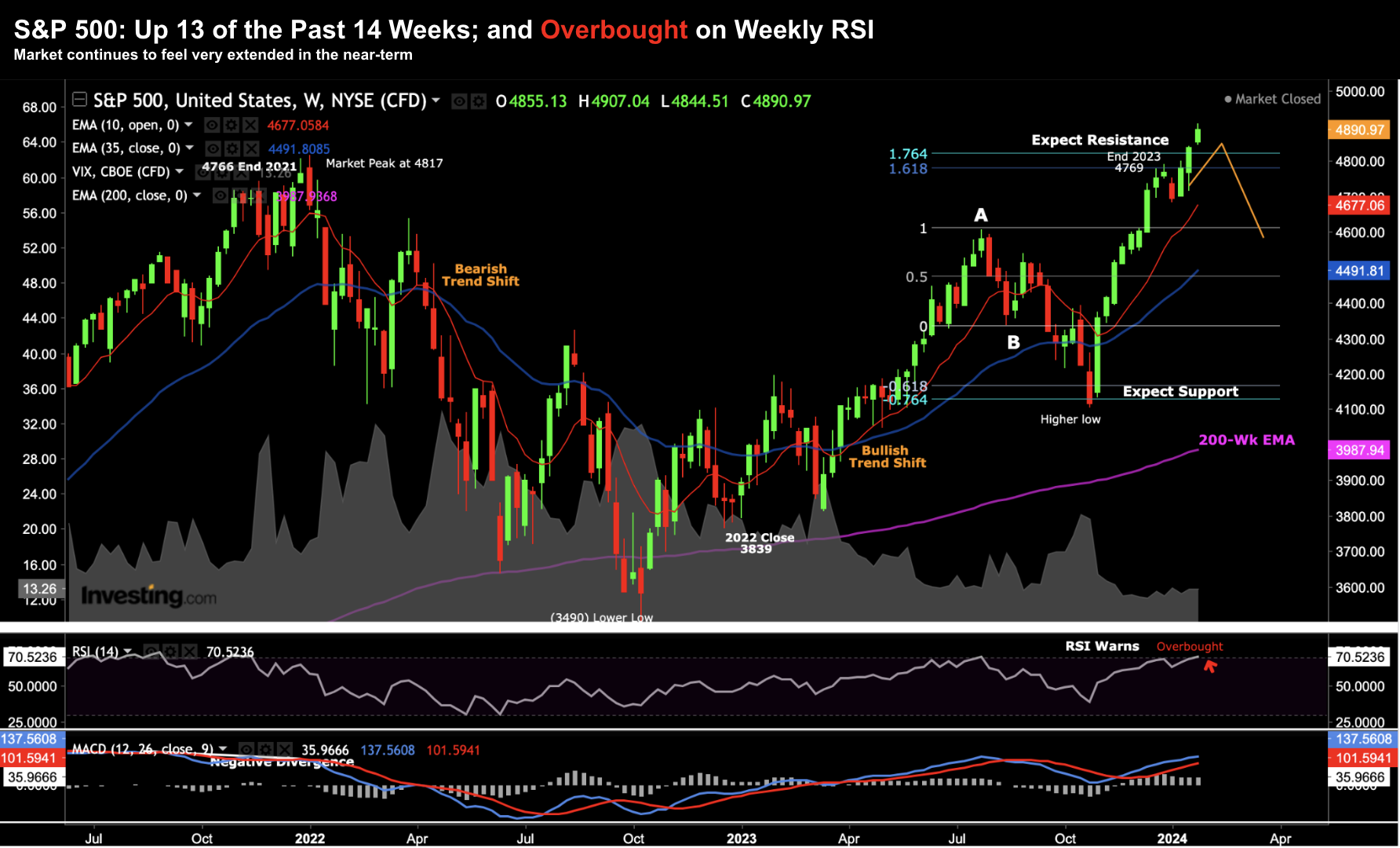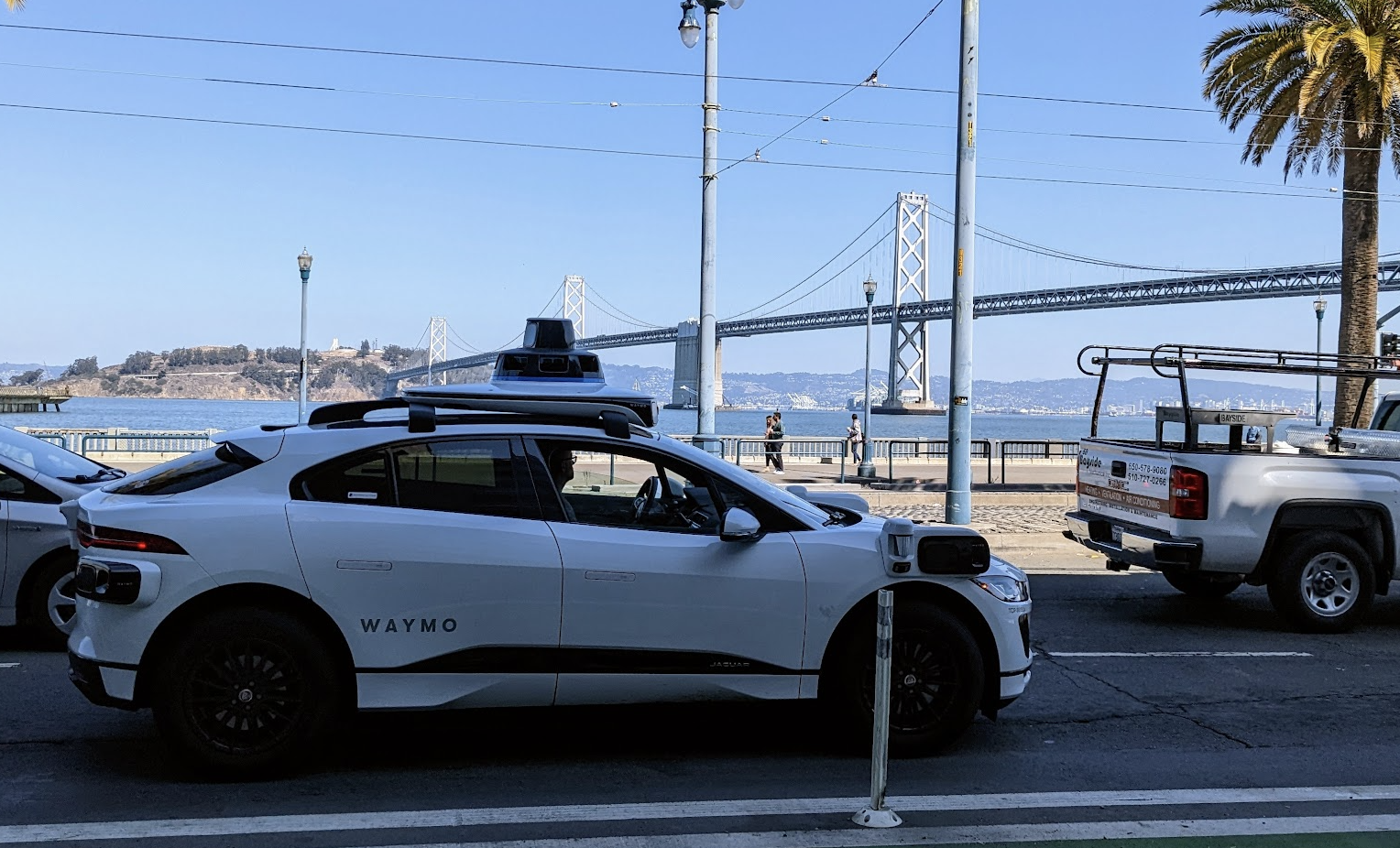- How the ‘halo effect’ impacts investors
- Avoiding potential blind spots
- If paying ’70x forward’ earnings – strap in for the ride
This weekend I was reading The Art of Thinking Clearly by Rolf Dobelli
It’s one of several books I recommended which I think will make you smarter.
Dobelli has a chapter called “The Halo Effect” – referencing the company Cisco (CSCO) during the late 90s / early 2000’s.
It was timely – as it drew parallels to my post comparing the former market darling to Nvidia (NVDA)
I demonstrated both technical and fundamental similarities.
However, another company came to mind.
Elon Musk and Tesla (TSLA)
Over the past few years – it too enjoyed the halo effect. The company (and its CEO) could do no wrong.
However, recently the halo’s shine appears to have come off the EV manufacturer… with its stock down ~14% last week – after a less than positive (or highly uncertain) growth update.
Let’s look at why this impacts not only investment decisions – but also in life.
What is the Halo Effect?
The halo effect (sometimes called the halo error) is the tendency for positive (or negative) impressions of a person, company, country, brand, or product in one area to positively or negatively influence one’s opinion or feelings.
Halo effect is “the name given to the phenomenon whereby evaluators tend to be influenced by their previous judgments of performance or personality.“
The halo effect can be a cognitive bias which can possibly prevent someone from accepting a person, a product or a brand based on the idea of an unfounded belief on what is good or bad.
Celebrities are often a good example.
For example, some people will often perceive them as attractive, successful, and often likeable.
From there, we subconsciously associate their good looks or success to other characteristics such as being “intelligent, kind, and funny”.
Why? And on what basis?
The advertising industry exploits this psychological misjudgment – and why celebrities typically endorse products on TV ads, billboards and magazines.
But let’s come back Cisco…
During the late 1990’s – they benefited from the halo effect.
As their share price went up almost ten fold over two years – analysts and investors would cite their brilliant strategy, savvy acquisitions, unique corporate culture and charismatic CEO John Chambers.
And by March 2000 – it was the most valuable company in the world.
Fast forward two years and the stock was 89% lower.
Analysts and the media were quick to change their tune. The halo effect was gone.
Suddenly the company’s competitive advantages were reframed as destructive shortcomings.
Their customer service was no longer competitive; their strategy was flawed; they overpaid for acquisitions; their corporate culture lacked; and they had an insipid CEO.
But nothing had really changed internally.
However, what changed was the environment towards routing and networking equipment (and tech stocks more broadly).
This was not Cisco’s doing – it was the market. Here’s Dobelli:
The halo effect occurs when a single aspect dazzles us and affects how we see the full picture.
In the case of Cisco, its halo shone particularly bright. Journalists were astounded by its stock price and assumed the entire business was just as brilliant – without making closer investigation.
The halo effect always works the same way:
We take a simple-to-obtain or remarkable fact or detail, such as a company’s financial situation, and extrapolate conclusions from there that are harder to nail down, such as the merit of its management or the feasibility of its strategy.
We often ascribe success and superiority where little is due, such as when we favour products from a manufacturer simply because of its good reputation.
There’s an important lesson here.
You don’t have to look far to find examples of companies enjoying a similar halo effect today – effectively selling ‘sizzle’ with AI.
Are we being dazzled by the promise of the tech?
And in turn, causing us to potentially make erroneous valuation judgements about the future?
Tesla’s Lost Halo
From late 2019 to early 2022 – Tesla’s share price rallied from ~$13 to a high of just over $400 (the equivalent of ~3,000%)
Very few other companies came close.
At the time of writing – the EV stock trades for ~$183 and appears to be headed lower. Below is the weekly chart:
Jan 28 2024
This week, Elon Musk provided an update on the company’s future.
However two things troubled investors:
First, 2023 revenues grew ~3% despite higher vehicle sales – where the full year revenues were lower than the previous year.
Second, investors are now concerned about the bigger picture (which was not the case whilst it enjoyed a halo).
Tesla (not unlike Nvidia) are about the promise of the future.
This is why the stock trades at an eye-watering 70x forward earnings.
For the past five years or so – there has been a collective vision that electric cars (EVs) would command a leading place in the auto industry.
However, that remains to be seen.
Tesla was not only expected to dominate the market (which is now being challenged by Chinese EV manufacturer BYD) – but also deliver exponential earnings growth.
What’s more, TSLA is also believed to gain from AI tech to deliver fully autonomous (self-driving) vehicles and so-called “robo-taxis” (e.g. not unlike what Google’s Waymo – available in San Francisco)
Source: Adrian Tout
But here’s the thing:
If you are pitching “futures” (as Musk does) – it becomes a concern when the CEO is unable to offer any specifics about the company’s future.
Musk failed (or maybe refused) to offer guidance on 2024 deliveries and ongoing margin pressures.
The same crystal ball which has served him well the past decade was now gone.
Net result: shareholders got nervous.
Musk and Jensen Huang (NVDA) are in the business of selling futures.
But should they fail to deliver (or refuse) to offer guidance – things can quickly turn the other way.
Putting it All Together
[Thorndike’s] conclusion was that a single quality (e.g., beauty, social status, age) produces a positive or negative impression that outshines everything else, and the overall effect is disproportionate.
Musk has enjoyed this for the past decade or more.
Now investors are looking at the details – going beyond the hype.
To be clear – Tesla and Nvidia are promising businesses – offering investors an exciting future.
And they warrant some exposure in your long-term portfolio (at the right price).
However, the halo effect (or halo error) can disappear at a moment’s notice.


